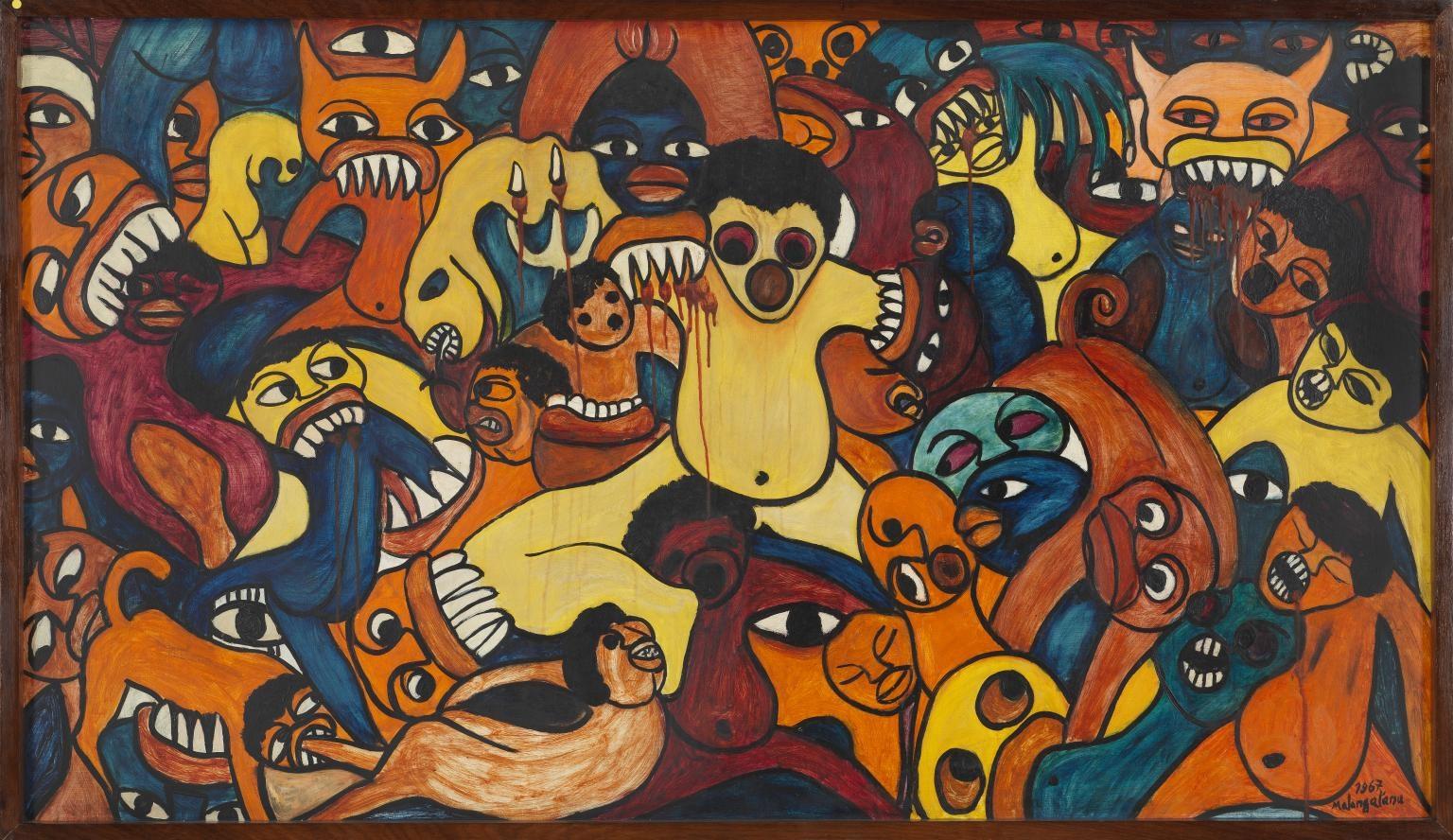Africa-Press – Mozambique. The exhibition “Surrealism Beyond Borders” opens to the public on Monday, at The Metropolitan Museum of Art [The Met], in New York, to present works by artists from 45 countries, including five Portuguese-speaking names, in a retelling of the artistic movement that spanned the globe.
The exhibition then moves on 24 February next year at the Tate Modern, in London, displaying it until 29 August.
Interviewed by Lusa in July, a source from the Tate confirmed that the exhibition includes works by Artur do Cruzeiro Seixas (1920-2020), Malangatana (1936-2011), Fernando Lemos (1926-2019), António Pedro (1909-1966) and António de Azevedo (1889-1968).
Surrealism starts from a “revolutionary idea ignited in Paris around 1924, which asserted the unconscious and dreams over the familiar and every day,” the text available on the Metropolitan Museum of Art’s website says.
“While Surrealism could generate works that were often poetic and even humorous, it was also used as a more serious weapon in the fight for political, social and personal freedom by many artists internationally,” adds the museum. At the same time, the Tate aspires to “rewrite the history” of the movement through this show.
The exhibition aims to go beyond the focus on surrealism through a Western European perspective: “This show reconsiders the true ‘movement’ of surrealism across boundaries of geography and chronology – and within networks ranging from Eastern Europe to the Caribbean, Asia to North Africa, and Australia to Latin America.”
“Including nearly eight decades of work produced in 45 countries, ‘Surrealism Beyond Borders’ offers a fresh take on the collective concerns and exchanges that reposition the appreciation of this revolutionary, global movement,” the Metropolitan Museum’s website can read.
In a statement from the ‘Met’, the museum’s curator of the exhibition, Stephanie D’Alessandro, recalls that “Surrealism is inherently dynamic and has travelled and evolved from place to place and time to time”.
“Its scope is (and always has been) international and, more specifically, transnational – extending beyond national borders to unite ideas and people, while remaining specific and local in its liberating force,” D’Alessandro added.
The exhibition will be spread across eight rooms revisiting familiar themes of surrealism such as its “exploration of the unconscious”, but doing so from a “new and broad perspective, both geographically and temporally”.
Thus, the “iconic” painting “Children Threatened by a Nightingale” by Max Ernst will be together with a less well-known work such as “Landru at the Hotel, Paris” by Antonio Berni.






